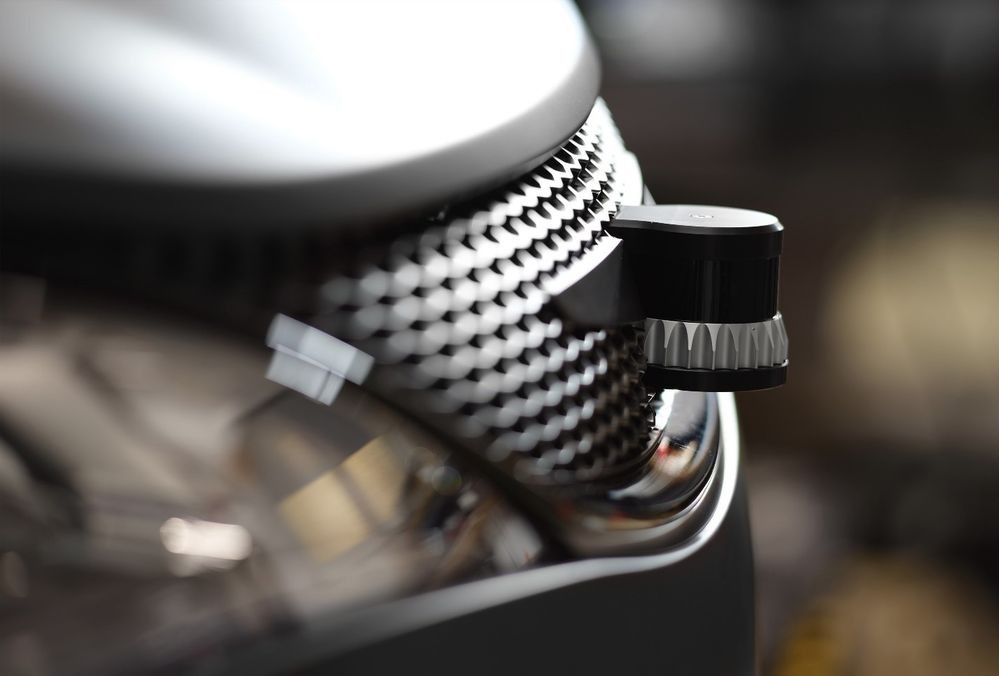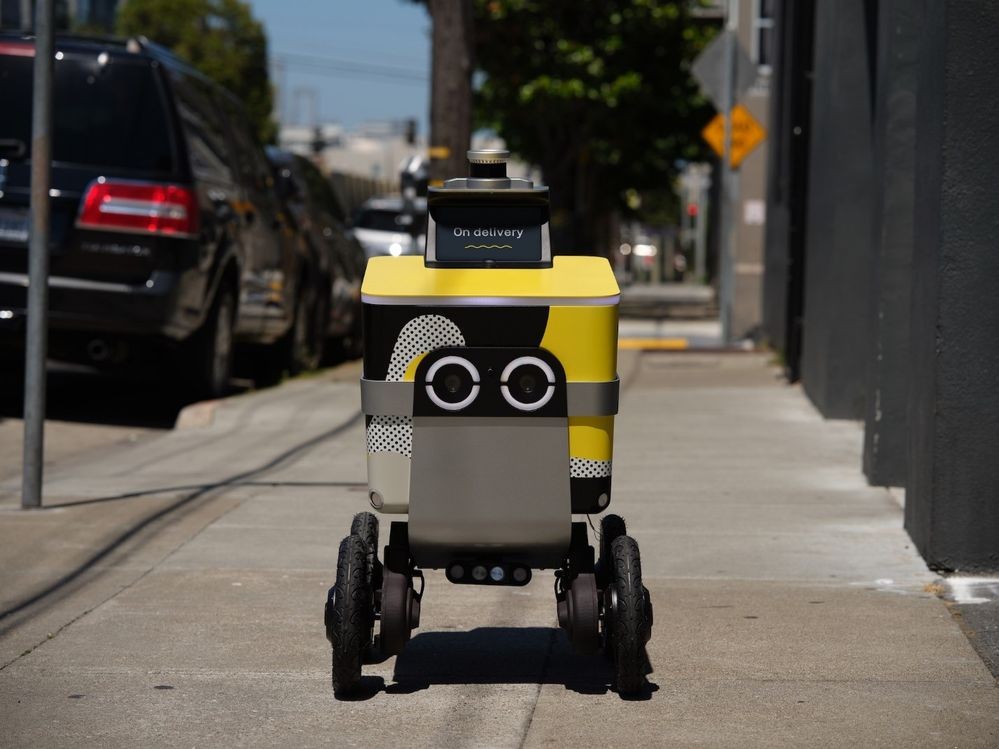Xilinx Partners with Ouster to Power Breakthrough Digital Lidar
07-14-2020 09:00 AM
Earlier this year, we gave you a peek into our collaboration with Ouster, an innovator and worldwide leader in high-resolution light-detection and ranging (lidar) sensors. Today, we’re proud to share more about our breakthrough work together to further lidar technology.
As a bit of background, lidar is hot-hot-hot. According to data from IHS Markit, the compound annual growth rate (CAGR) for lidar market revenue in the robotaxi system market segment alone from 2020-2025 is expected to be a whopping 104 percent. Autonomous vehicles, industrial robotics, and drones have adopted lidar as a key sensor for obstacle detection, localization, and perception. Lidar sensors detect pedestrians and cyclists, vehicles, traffic lights and more – in three dimensions, and in any lighting conditions – making the technology a natural complement for existing cameras and radar, and essential for safe autonomous navigation.
Xilinx enables Ouster to build a new type of technology—scalable digital multi-beam flash lidar—that is propelling the mobility industry forward and serves 15 different markets, including robotics and automotive robotaxi. (To get a sense of the wide variety of “flavors” of lidar, check out the Xilinx LiDAR Dashboard.)
Ouster recently launched three 128-line digital wide-view lidar sensors—all powered by Xilinx devices— based on a unique, highly consolidated design that makes possible the industry’s highest resolution sensors at a significantly lower price point than other solutions. Whereas analog lidar typically has thousands of discrete components inside, Ouster’s digital lidar consolidates those thousands of opto-mechanical components into a single proprietary ASIC.
Ouster’s scalable digital multi-beam flash lidar technology is uniquely powerful. The company’s new OS0-128 sensor generates 2.6 MILLION data points per second, with an industry-leading vertical field of view of 90 degrees. The sheer volume of data output is where Ouster also provides value to its customers because the amount is similar to that of camera images – but with depth, signal and ambient data within each “pixel.” This gives Ouster customers the best of both worlds: the advantages of both 3D and 2D approaches without any sensor fusion or preprocessing.
And what about those 2.6 million data points per second? This massive amount of data requires the processing power of Xilinx adaptive silicon. Ouster is one of the top 5 Xilinx lidar customers in North America by units shipped, and we’ve been a key supplier for the company since its start. Point cloud data transmission, signal processing, and point cloud machine learning acceleration are some of the areas where Xilinx brings unmatched value to lidar sensor architectures, including Ouster.
Here’s a high-level overview of how the point cloud images are produced: raw image data is received by the sensor and first processed by Ouster’s proprietary ASIC. The image data is then transferred to the Xilinx device via the GTH transceivers within the programmable logic (the transceivers allow for high-speed connectivity and data transmission). The image processing occurs on the Xilinx device, and then the advanced digital signal processing (DSP) capabilities are what produce the rich point cloud images that have the depth, signal, and ambient data previously mentioned.
Fixed-function silicon cannot match the flexibility and adaptability of the Xilinx programmable logic, advanced DSP, and connectivity options. This combination of features sets the Xilinx platform apart from the competition. The adaptability of our silicon allows us to keep pace with our customers’ evolving requirements without forcing them to redesign their entire architecture. We’ve also got a long-standing heritage in functional safety, which means customers like Ouster have the assurance that our automotive-qualified products provide them with the reliability they, and their customers, require. Cumulatively, Xilinx has shipped over 190 million devices into the automotive market over the past 20 years, exemplifying our leadership in deploying devices in production-ready systems.
Lidar technology is a critical asset to the sensing suite for robots and autonomous vehicles. Together, Ouster and Xilinx will continue to push the performance frontier while enabling mobility innovators such as Postmates and iDriverPlus for robotics applications, and automotive companies May Mobility and Ike to create safe autonomous solutions.
Want to see Ouster’s wide-view lidar sensor line in action? Check out the company’s latest blog post for some very cool videos and more. AND, stay tuned for more exciting news from Ouster and Xilinx later this year…

Source: Ouster

Source: Ouster

Source: Ouster